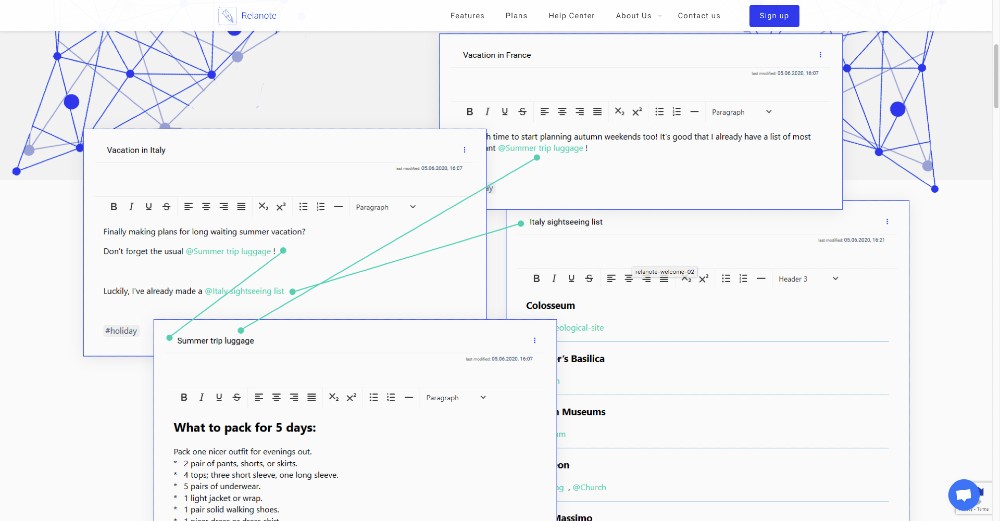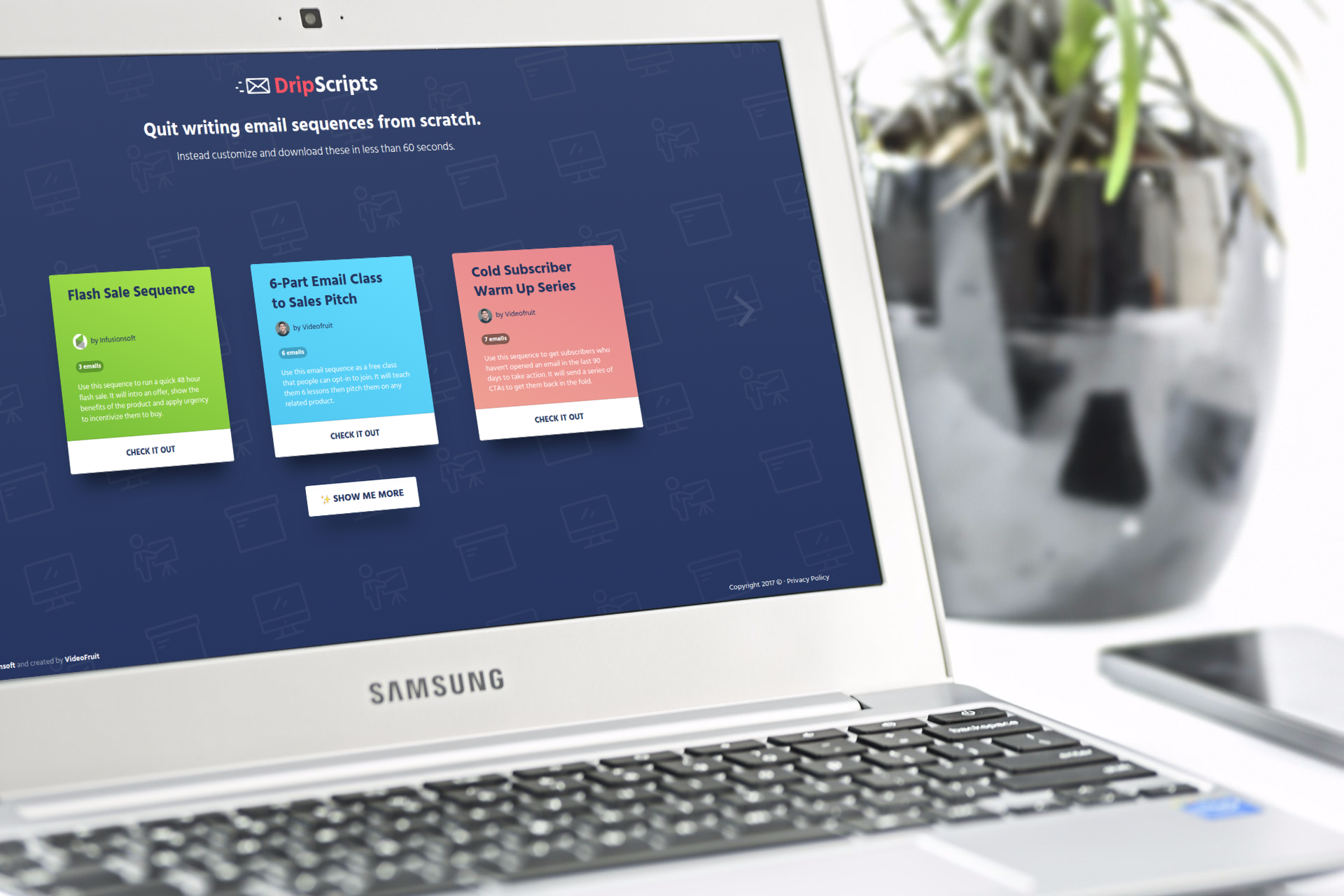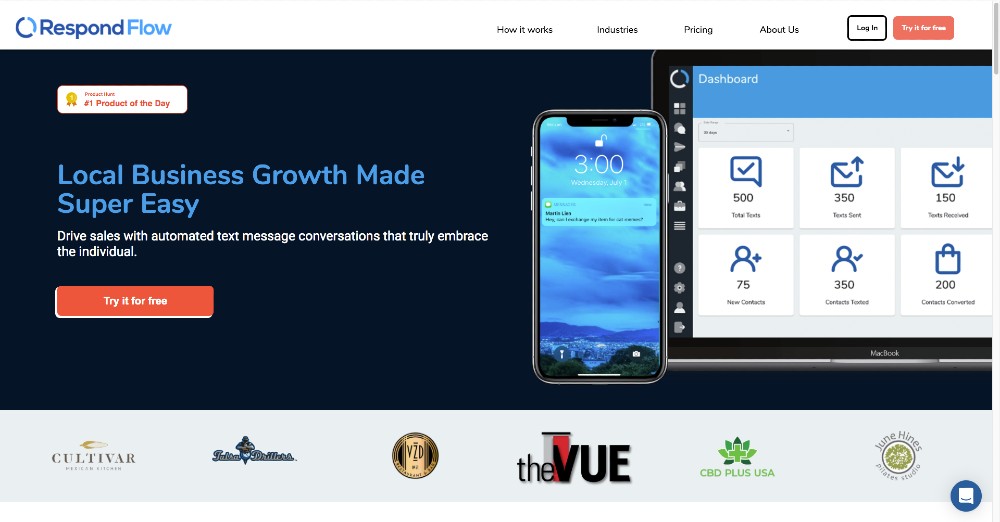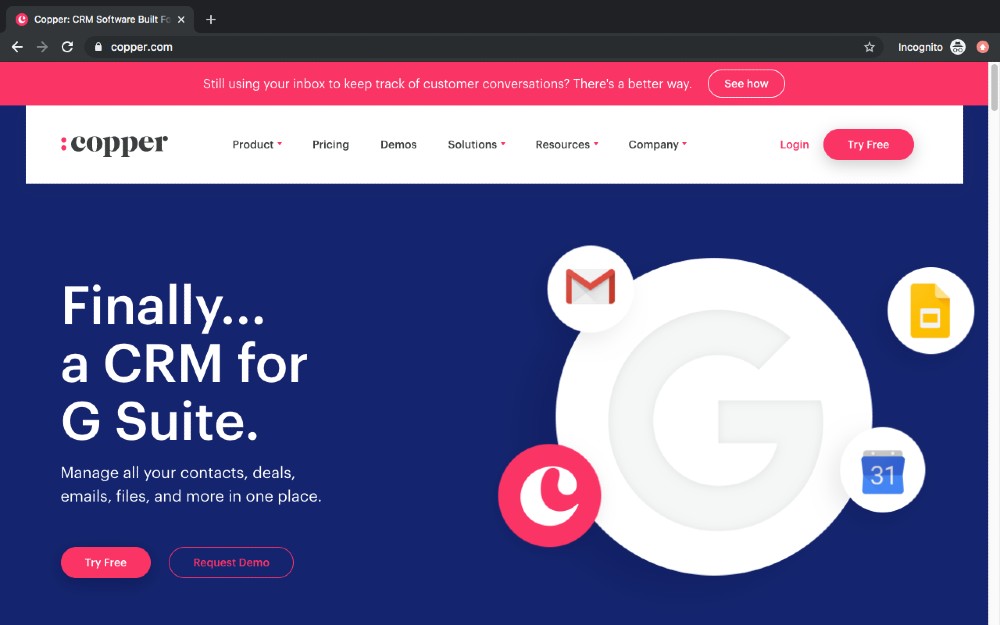Streaks
Managing an email stream over a long period, whether for customers or interested prospects, can be a daunting task. The balance of content and context over time is far too easy to get wrong, especially as new points pop up, problems reveal themselves and the usual background chaos of any workplace generally ensues.
![]()
It’s the danger of automation, as we at AG have so often opined: it doesn’t do nuance. Communication requires nuance. Communication that at bottom comes down to “we would like your money, please” really requires nuance. Robots are not so much with that.
Drip workflow
Drip is offering a solution. At its core, Drip is fundamentally a tooled-up visual workflow builder, a flowchart, only instead of assigning tasks it actually makes them happen through automation. If only, right?
Email automation is notoriously tricky to get right through a visual automation interface. It’s communication, and like we say, communication has to change based on the changing context around it.
Drip addresses that issue with a rich suite of features designed to make your email script as nuanced as possible, and to do as much of that work as possible for you.
To begin with, it allows you to automate tasks on a deep-stacked if/then basis. Automations can be set to add or remove contacts based on given variables, tag conversations with specific content, or forward them to outside services like your CRM tool.
It does as good a job of keeping track of your customers as it does of your messages. As noted, it will tag users based on content, timing or most any other variable you can think up.
It also has an automated lead-scoring algorithm that figures who in your kroo is most engaged with your brand and therefore most likely to buy, all without input from your own fair self.
Other noteworthy features
For the hardcore geeks in the audience (solidarity) Drip is also highly tinkerable. It comes with inbuilt APIs for Javascript and several other programming languages, so if the beast doesn’t already do what you want, you should be able to shout at it until it does.
The pricing is also comparatively reasonable.
The free tier is unusually robust, providing much of the service’s functionality. The big loss is human, not technical: you don’t get a 5-day course in how to use the thing, and your messages require Drip branding. No whitelabel for you.
The Basic tier at $41 per month and the $83 per month Pro both offer the full suite of services: the only difference is how many subscribers you’re allowed to manage.
If you need to go over the 5000-subscriber Pro tier, Drip also offers High Volume with a sliding price scale based on how many people you plan to profitably hassle today.
DigiTool
As with any digital tool, Drip has to hit the real world before we know if it works. After all, people thought Google Glass was a good idea (which it is now!).
But according to the promised specs, Drip could be a serious tool for entrepreneurs, marketers, campaign managers and people in general who would other people to voluntarily give them money.
#Drip
Matt Salter is a writer and former fundraising and communications officer for nonprofit organizations, including Volunteers of America and PICO National Network. He’s excited to put his knowledge of fundraising, marketing, and all things digital to work for your reading enjoyment. When not writing about himself in the third person, Matt enjoys horror movies and tabletop gaming, and can usually be found somewhere in the DFW Metroplex with WiFi and a good all-day breakfast.













































